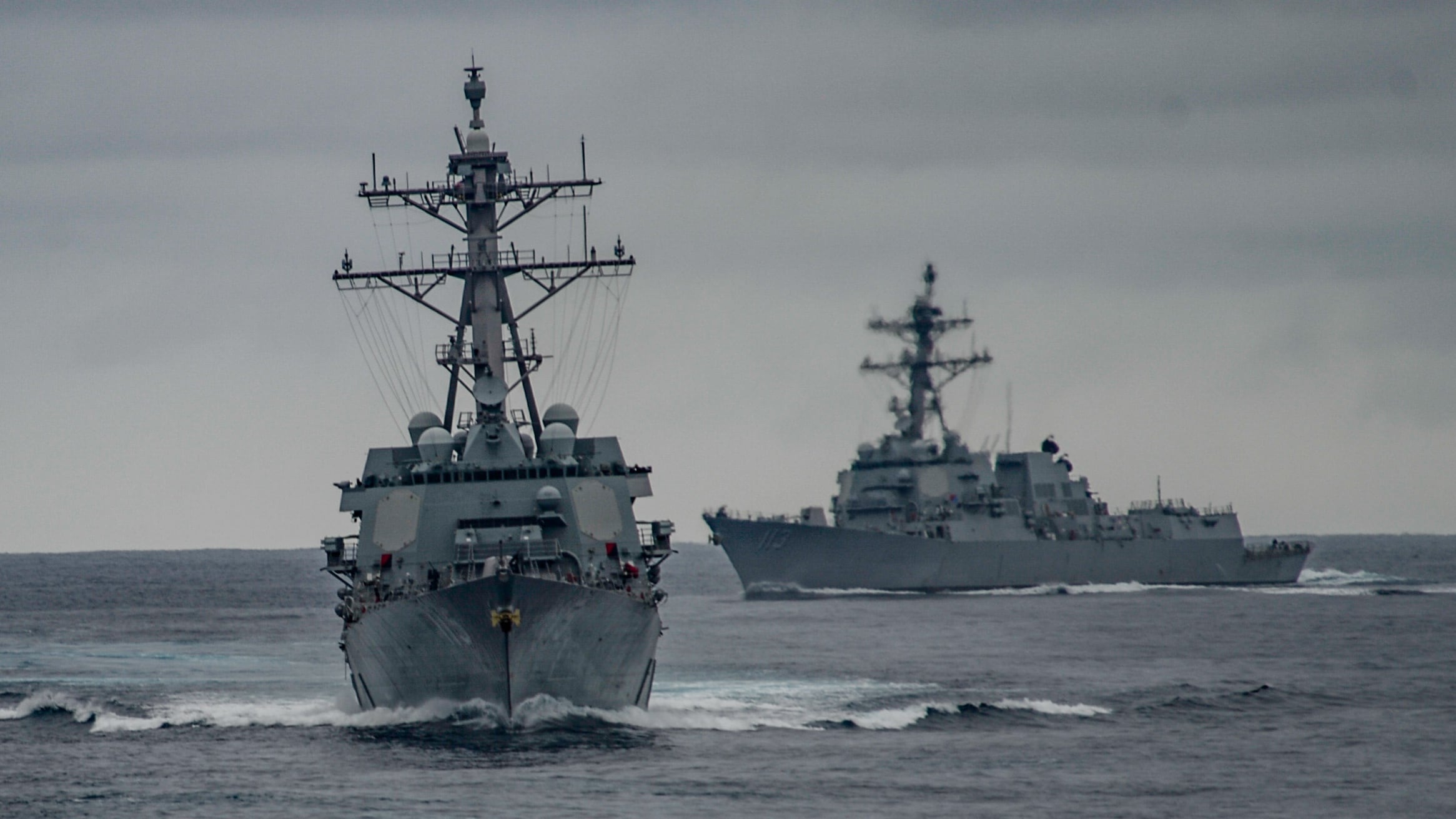WASHINGTON — The U.S. Navy is backing away from the idea of a classwide service-life extension project for the Arleigh Burke-class destroyers, but is leaving open the possibility to upgrade some of its workhorse surface combatant.
The Navy’s top acquisition official, James Geurts, told lawmakers March 12 during a hearing with the House Armed Services Committee’s Readiness Subcommittee that the Navy faced some “stark choices” with a projected flat budget that will see steadily declining returns as inflation eats into the military’s buying power.
“We had originally looked at adding service life to destroyers, if you recall in hearings last year and the year before,” Geurts said. “That was one of the ways we were increasing the naval size. What this shows you is some of the stark choices the Navy is having to make with a relatively flat line.
“Service life extensions do add to the size of the fleet, but they kind of just push the cliff to the right, and so we have got to be cautious you don’t keep extending forever without building because eventually you will run out of the ability to extend, and so it reflected some hard choices we had to make in long-term planning.”
RELATED

However, he said, the decision to retire the Burkes is outside of the scope of the five-year Future Years Defense Program in the Navy’s fiscal 2021 budget request, and increasing the funding for maintenance could bring down the overall cost of upgrading the destroyers.
Defense News reported March 7 that the Navy decided to cancel the “no destroyer left behind” plan to extend the 35-year service lives to 45 years for the Flight I and early Flight II destroyers.
The Navy’s destroyers are the workhorses of the fleet, with sailors spending an average of 1 in every 4 days underway — the highest rate in the fleet, according a recent report from Defense News’ sister publication Navy Times.
According to a Naval Sea Systems Command document obtained by Defense News in 2018, the earliest Arleigh Burke destroyers — 27 Flight I and early Flight II destroyers — have an expected hull life of 35 years. The lead ship, the Arleigh Burke, was commissioned in 1991, meaning its hull life is up in 2026.
DDG-51 through DDG-78 — the Flight I and Flight II destroyers — were commissioned between 1991 and 1999. If the Navy doesn’t act to extend the lives of the destroyers, the service will start losing three and four per year between the late 2020s and early 2030s.
Later models — Flight IIA — have 40-year hull lives, which gives the Navy more time to work out solutions for those hulls.

Two days earlier, the Republican ranking member of the HASC Seapower and Projection Forces Subcommittee expressed support for the DDG service-life extensions during an appearance at the Hudson Institute think tank.
“Our DDG-51s are incredibly important,” said Rep. Rob Wittman, R-Va. “Doing the upgrades, especially on the Flight IIs, are important. There’s still a lot of utility and life left in Flight Is. There’s some upgrades that they can do there and bring the Aegis baseline systems up — put some more capable radars on those ships."
The loss of the Flight I and Flight II destroyers would compound the impact of cutting 10 ships from the five-year projections in the FY21 budget, including five of the 12 proposed Flight III Arleigh Burke-class destroyers proposed in the FY20 budget as well as a Virginia-class attack submarine.
The Defense Department has yet to submit its FY21 30-year shipbuilding plan, which means it’s impossible to tell how the Navy thinks these cuts would affect its total ship count in the years when it would lose Burkes at a rate of more than three per year.
But the Burke retirements would likely begin in 2026 or 2027, years just after the service completed shedding 13 cruisers from its fleet, leaving just nine of the Navy’s largest combatants in the fleet.
David B. Larter was the naval warfare reporter for Defense News.








